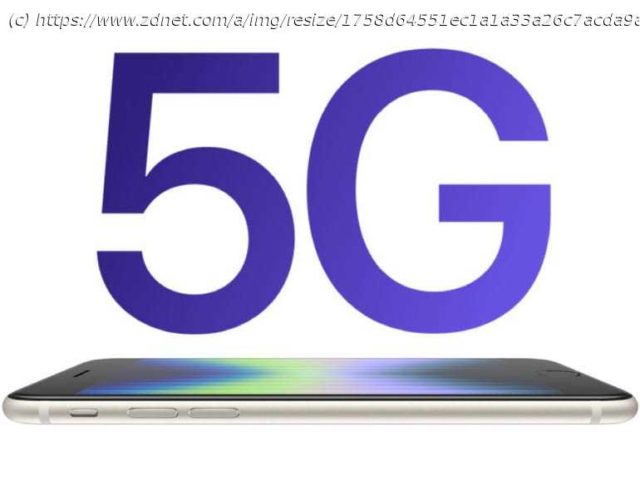Apple’s new iPhone SE is the company’s most affordable 5G handset yet, but will barely reap the benefits of the fifth-gen network.
Yesterday Apple unveiled a new and improved iPhone SE, which touts an upgraded A15 Bionic chip, longer-lasting battery life, and 5G support, among other features. By integrating 5G bands into the $429 handset, the iPhone SE is now the most affordable and accessible Apple product that supports the next-gen network. That means blazing-fast download speeds, lag-free gaming, and « more fun, » according to Apple’s marketing. Sifting through the iPhone SE’s spec sheet, it appears that while the new iPhone supports sub-6 GHz 5G, it doesn’t support any mmWave bands. For the unacquainted,5G networks fall under two umbrellas: sub-6 GHz (low and mid-band) and mmWave (high-band). More: What is 5G? ZDNet’s guide to the fifth-generation network With sub-6 GHz, smartphones can access download speeds that are mere seconds faster than on 4G LTE, which isn’t as ultra-fast as TV commercials and carrier ads make 5G out to be. Millimeter-wave (or mmWave) is what you really want. mmWave — which played a role in Apple’s 2020 « 5G just got real » campaign — can reach gigabit download speeds and allow for high-definition streaming and gaming on the go.






